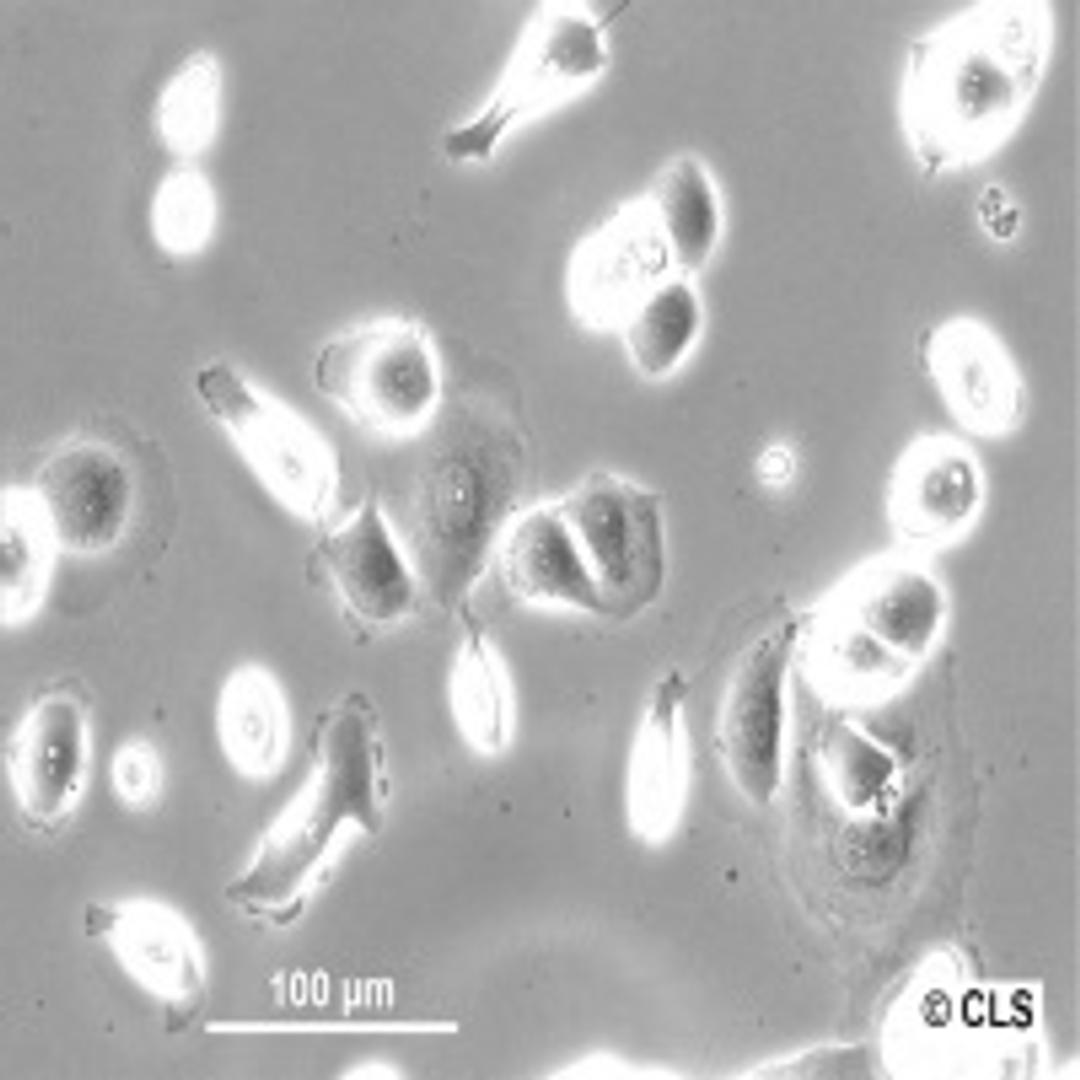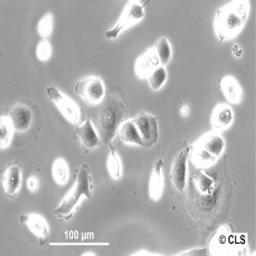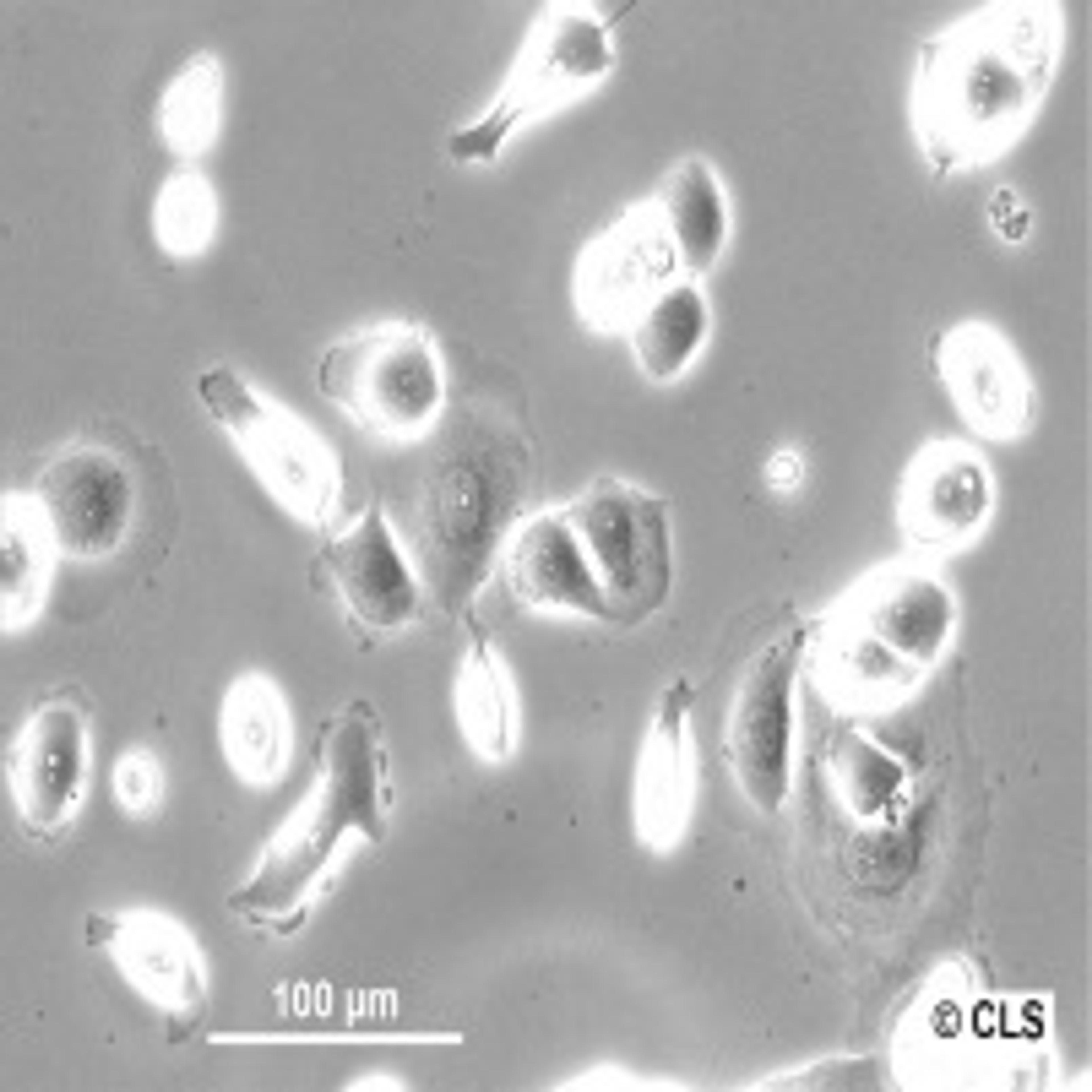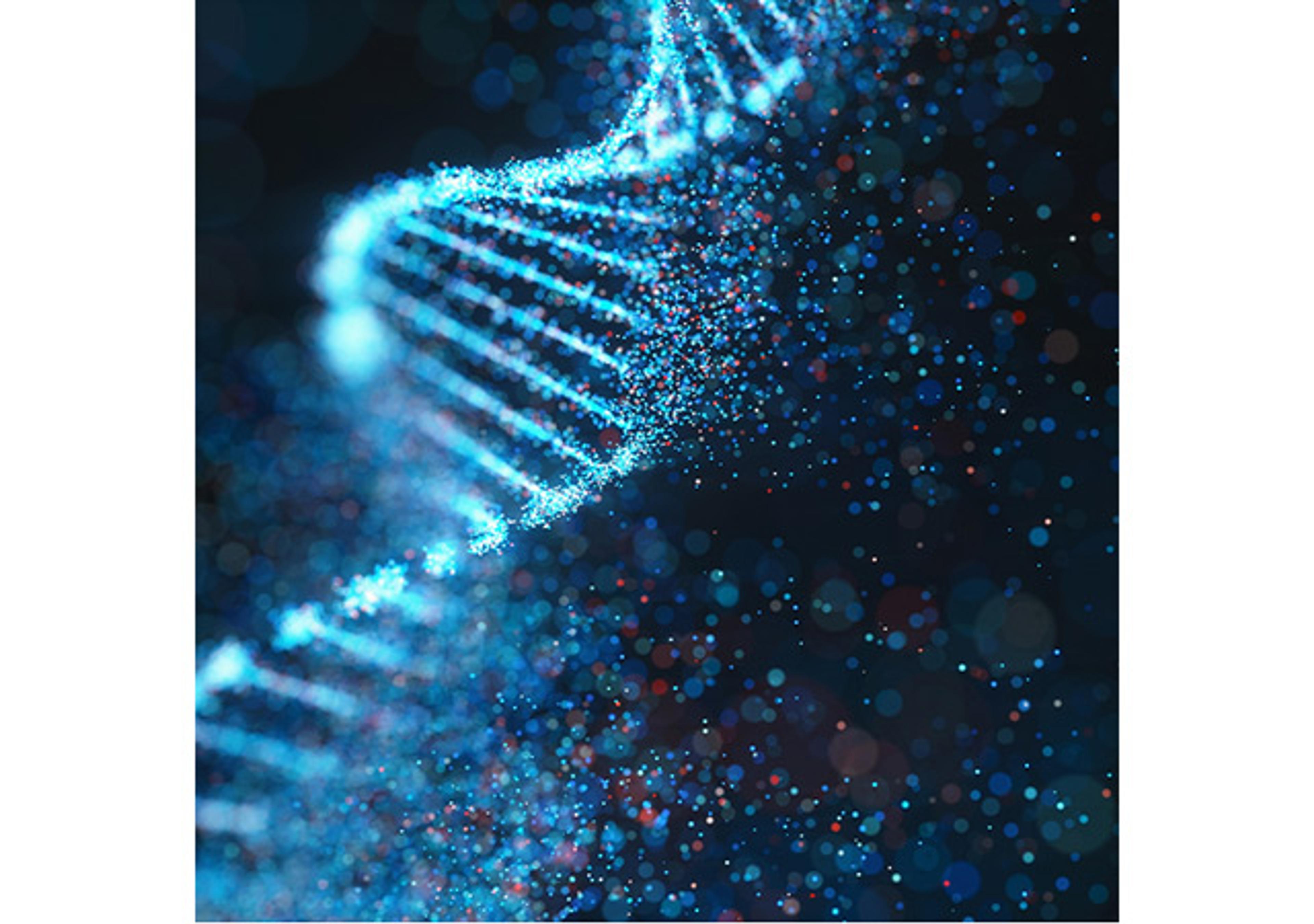NIH:OVCAR-3
Human Ovary Adenocarcinoma cell line. Frozen cryovial. 2 Mio. cells/ml.
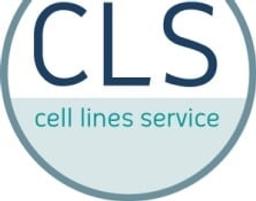
The supplier does not provide quotations for this product through SelectScience. You can search for similar products in our Product Directory.
Organism: Homo sapiens (human)
Ethnicity: Caucasian
Age: 60 years old
Gender: Female
Tissue: Ovary (Ascites)
Morphology: Epithelial
Cell type: Adenocarcinoma
Growth Properties: Monolayer, adherent
Description: The NIH:OVCAR-3 line was established in 1982 by T.C. Hamilton et al. from the malignant ascites of a patient with progressive adenocarcinoma of the ovary. The cells form colonies in soft agar and have an abnormal karyotype. They are resistant to clinically relevant concentrations of adriamycin, melphalan and cisplatin. Both cultured cells and xenografts exhibit androgen and estrogen receptors. Xenograft models have been used to show that treatment with 17-beta-estradiol can induce progesterone receptors in this human ovarian carcinoma. NIH:OVCAR-3 is an appropriate model system in which to study drug resistance in ovarian cancer, and the presence of hormone receptors should be useful for the evaluation of hormonal therapy.

